I Want Fuller Cleavage
In a quest for bigger boobs — without surgery — Ning Chao flies to London for the latest injectable filler.
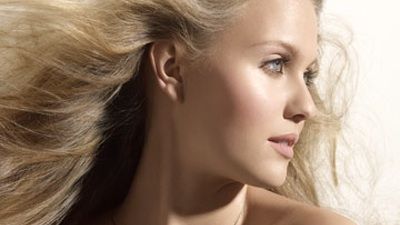
In the words of Judy Blume's Margaret: "I must. I must. I must increase my bust." It all started one fateful morning, when I casually remarked to my then-boyfriend that I thought my breasts were asymmetrical. "Yeah, your left boob is slightly bigger, but it's no big deal," he replied. Um, excuse me? He already noticed? What other blatant flaws had I been oblivious to all these years? I always knew that my bust was small, but lopsided too? Suddenly, my chest loomed large in my mind.
As a form of camouflage, I began wearing push-up bras every day. I also became paranoid about starting new relationships, dreading the big reveal, when I'd have to expose my freakish secret. Fast-forward a few years: With the asymmetry plaguing my self-confidence, I find myself sitting topless in a London hospital while plastic surgeon Dr. Chris Inglefield clamps my breasts with a wrenchlike fat caliper to determine the exact difference in size. "Sixty percent of women have some degree of asymmetry," he assures me. The solution? Macrolane, the new hyaluronic-acid filler for breasts that will also liberate me from my push-up bras (why should I deprive my left breast of a little plumping too?).
Launched in Sweden seven years ago and tested in Japan and the U.K., Macrolane is a NASHA (nonanimal stabilized hyaluronic acid, similar to what's naturally found in our bodies) gel made by Q-Med, the company that manufactures Restylane, the top-selling NASHA wrinkle filler in the U.S. Because clinical trials aren't scheduled to start in the States for a few years (Canadian approval is expected this year), Americans must travel to Europe or Asia to fill up. However, American Society of Plastic Surgeons (ASPS) president Dr. Richard D'Amico warns me of the dangers of cosmetic tourism: "Forty-four percent of American women have dissatisfaction with their breasts and consider doing some augmentation, but London is a long way to go," he says. "Traveling predisposes you to blood clots, and if you come home and there's a complication, what American doctor will want to inherit the liability?"
But surgery's not for me: After growing up in Los Angeles, I'm permanently scarred from seeing too many augmented playmates with top-heavy silhouettes that fit better in Juicy Couture than my tailored Helmut Lang. And while implants typically create three-cup-size increases (C is the most popular cup size for patients under age 35), Macrolane only gives a one-cup boost that lasts for 12 to 18 months before it's safely absorbed by the body (though your bust can start deflating after nine months).
"My Macrolane patients don't want the look of an implant," says Inglefield. "If it wasn't for this filler, these women wouldn't get any augmentation; they'd just continue to wear gel bras for the rest of their lives." But ditching the padding isn't cheap. Inglefield's bill is £3100, or about $6000 (not including flight and hotel), which is expensive considering that the average surgeon's fee for implants in the States was just above $3800 in 2007, according to the ASPS. (D'Amico estimates an average total cost, including anesthesia and operating-room fees, of $7000 to $10,000 in the New York area.)
Cost aside, my other concern involves another C word: cancer. "Any time you add something in the breast area, it can look like a tumor on a mammogram, so you can misdiagnose," explains Dallas plastic surgeon Dr. Rod Rohrich. "We have over 40 years of safety data for implants — I would prefer to see 10 years of data before I recommend Macrolane." But in the age of lunchtime Botox, a temporary filler still seems safer than surgery. Since I have no family history of breast cancer, am under 30, and won't even be getting my first mammogram for a while, I decide I'm in the clear.
I choose Inglefield as my doctor because he's been at it the longest in the U.K.; he's used the filler since October 2007 and performs six to seven procedures a week, with a very low complication rate (less than 0.5 percent for bleeding or infection; less than 3 percent for scarring). To further ease my mind, he gives me the name of a New York plastic surgeon whom I can see if I have any issues. Inglefield also stresses the importance of after-care: "It takes five to seven days for the breast tissue to stabilize the product so it doesn't shift around." Exercising or doing any rigorous activity too early can move the gel, causing lumps (which must then be treated with massage or, in more serious cases, by injecting the enzyme hyaluronidase, which breaks down the hyaluronic acid immediately). With my mom by my side, I'm ready.
Stay In The Know
Get exclusive access to fashion and beauty trends, hot-off-the-press celebrity news, and more.
The afternoon of my appointment, I'm woozy from the antibiotic-painkiller cocktail the doctor had prescribed. As I close my eyes and lie back on the treatment table, Inglefield injects the local anesthesia into my right breast using an instrument the size of a knitting needle. The pain is brutal. I can feel every push and prod, especially under the nipple, which feels like it's being sawed off. "Your muscles are very tight, so it's hard to push the needle in," says Inglefield, between stabs. "If you were older or had sagging skin from breast-feeding, this wouldn't be as hard." On a pain scale from one to 10, with one being a blood-test prick, I'd give this a solid seven. But after 15 minutes, the numbness kicks in and I relax, slurring my words when the doctor asks how I'm feeling.
Laced with epinephrine, the anesthesia makes me involuntarily twitch, like a drug addict. The doctor assures me that the spasms won't affect my results and switches to an equally enormous 12-gauge cannula to inject the 100 ccs (about one cup size) of Macrolane into my left breast and a little bit more into my right. This is the maximum amount of filler my elastic skin can take — any more and the tight tissue could push the extra gel out of the injection site. Again, I feel pressure, but this time, no pain. Inglefield sculpts as a hobby, and I feel like a lump of clay when he massages the gel into place. Another five minutes pass (the total treatment time is just under an hour). Then he asks me to sit up. After checking that my chest looks balanced, Inglefield declares me done.
When I look in the mirror, I'm thrilled — for the first time without padding, I have cleavage! With small waterproof bandages below each breast, I barely look banged up. In fact, I look pretty much the same, just plumped up on top. I strap on the 1950s-era support bra that I must wear for two weeks and notice how well my breasts fill out the B cups. But when I start walking out the door, I'm stricken by extreme nausea. My mom tells me that she has the same reaction to anesthesia and helps me back to the Metropolitan, a peaceful hotel in quiet Hyde Park, where I hole up for recovery.
The next day is a shock. The local anesthesia has worn off and my breasts feel hard and heavy, like rocks. I take painkillers every four hours, but any sudden movement aches — it feels like my right breast is being ripped off. When the elastic band that I have to wear on top of my support bra (to push the gel downward so I end up with sexy teardrop breasts la Jennifer Aniston, not American Gladiator pecs) begins to chafe, I wonder if I've made a huge mistake.
But as promised, once the 48-hour mark hits, I feel exponentially better. I still can't lift heavy objects without the shooting pain, but if I don't raise my arms too high, I can move around as normal. On day five, I fly back to New York City; on day six, I'm back to work. I still feel sore, but after the first week, the swelling's gone, the filler begins to soften up, and I only feel achy at night, when I go support-bra-free. Two weeks later, I can resume all my normal activities. (Breast-implant patients have to wait six weeks.)
Although 40 percent of Inglefield's patients opt for more Macrolane on the return visit ("haven't had anyone not come back yet"), I think I'll request the same amount when I return for my treatment next year. At this size, I feel like me — the ideal symmetrical version of me that I've always wanted to be. With my clothes on, I look the same — albeit without padding or push-up — but that's the point.
BUST A MOVE Rodial Boob Job, $175; Biotherm Body Resculpt Bust, $38; Guinot Firming Vital Bust Serum, $66; Lierac Paris Bust Lift Crème Modelage, $45; Victoria's Secret Beauty Secret Bust-Firming Demi Bra, $68.
Click here to go to YOU, BUT BETTER — Marie Claire's 2009 Best Beauty Boosters.
-
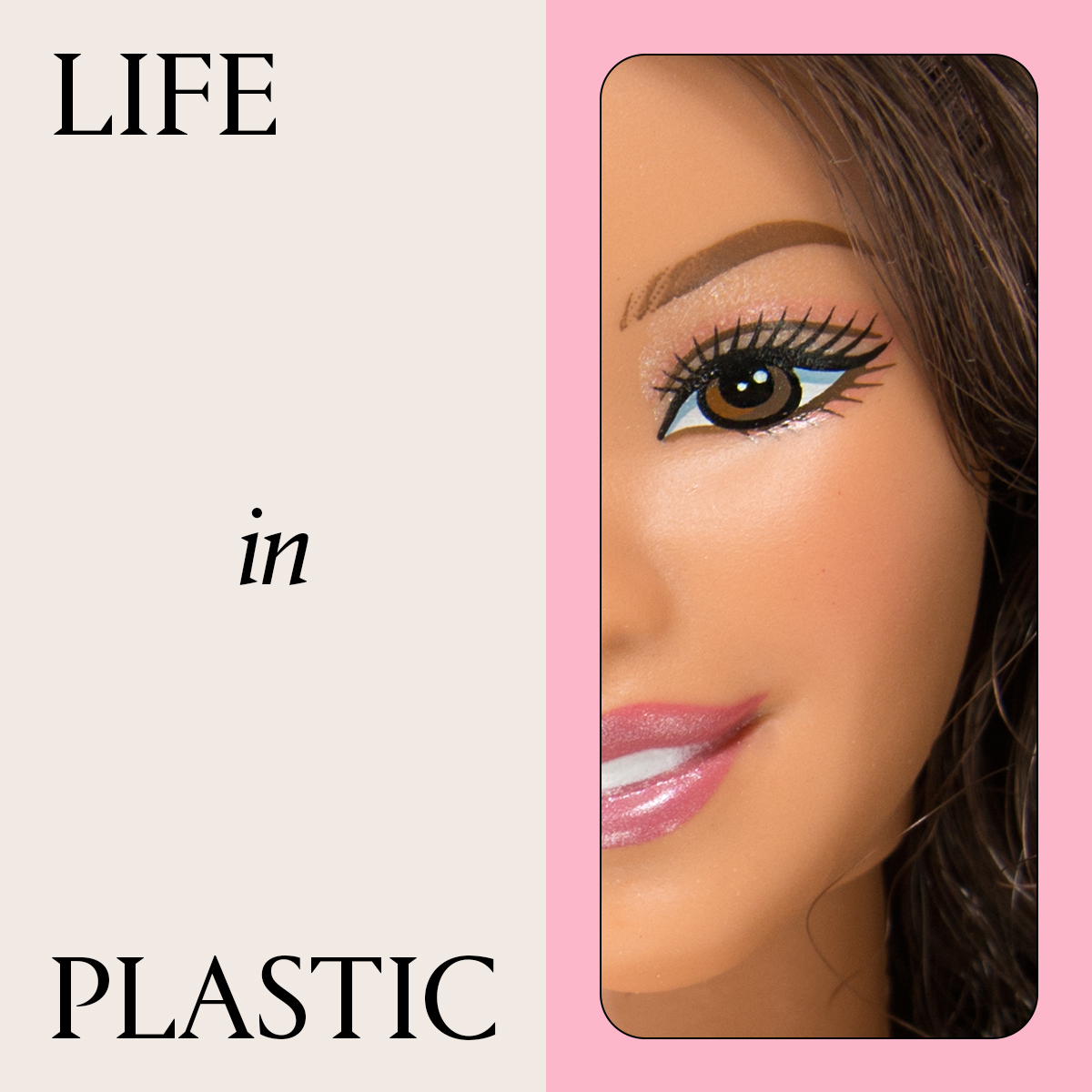 I Injected My Body's "Liquid Gold" to Address Undereye Fine Lines and Dark Circles
I Injected My Body's "Liquid Gold" to Address Undereye Fine Lines and Dark CirclesBut would I do it again?
By Michelle Rostamian
-
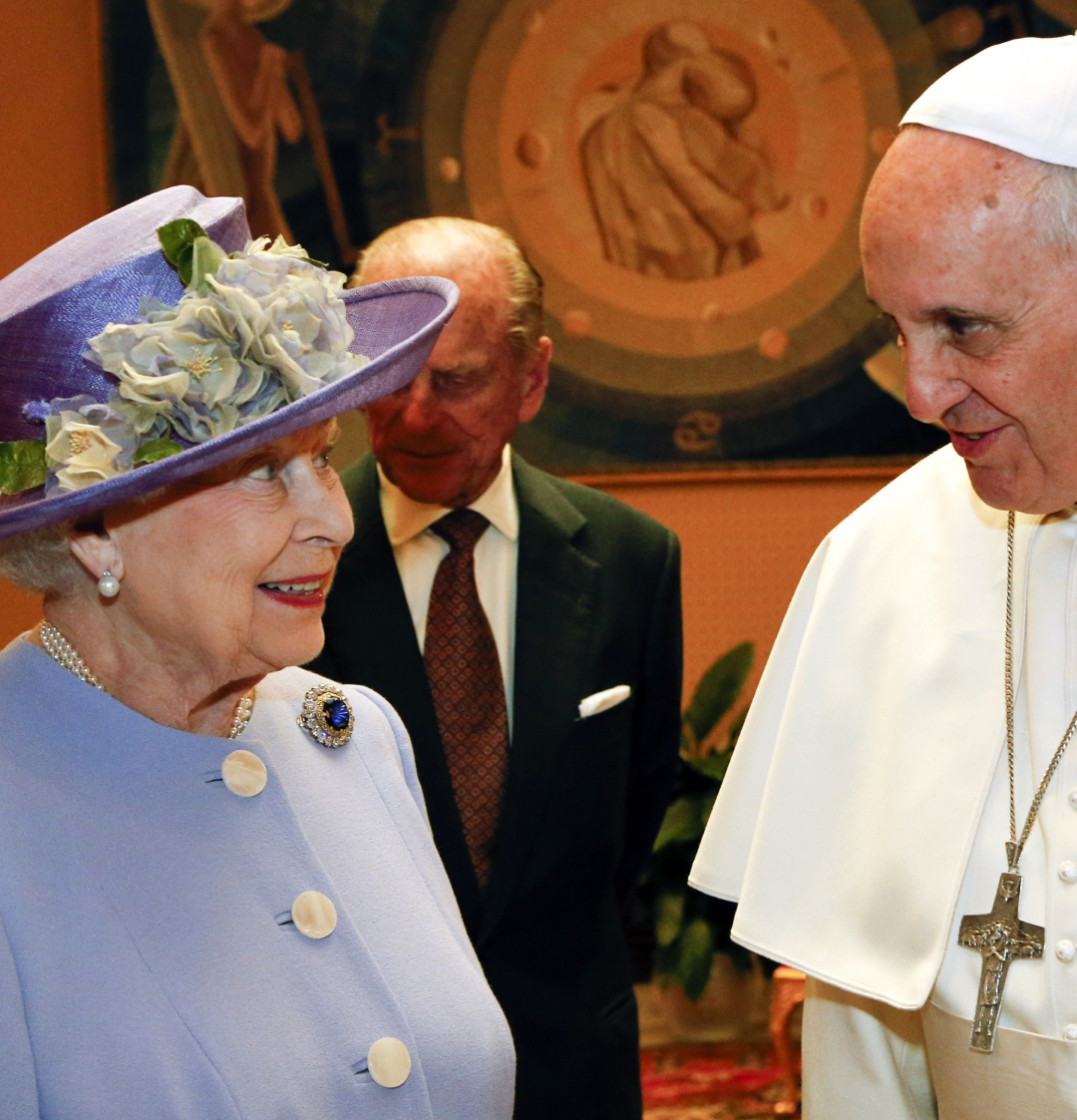 Queen Elizabeth Gave the Perfect Response When Pope Francis Presented Her With Priceless Gifts for Prince George
Queen Elizabeth Gave the Perfect Response When Pope Francis Presented Her With Priceless Gifts for Prince GeorgeThe late pope spared no expense when it came to treating the infant prince in 2014.
By Kristin Contino
-
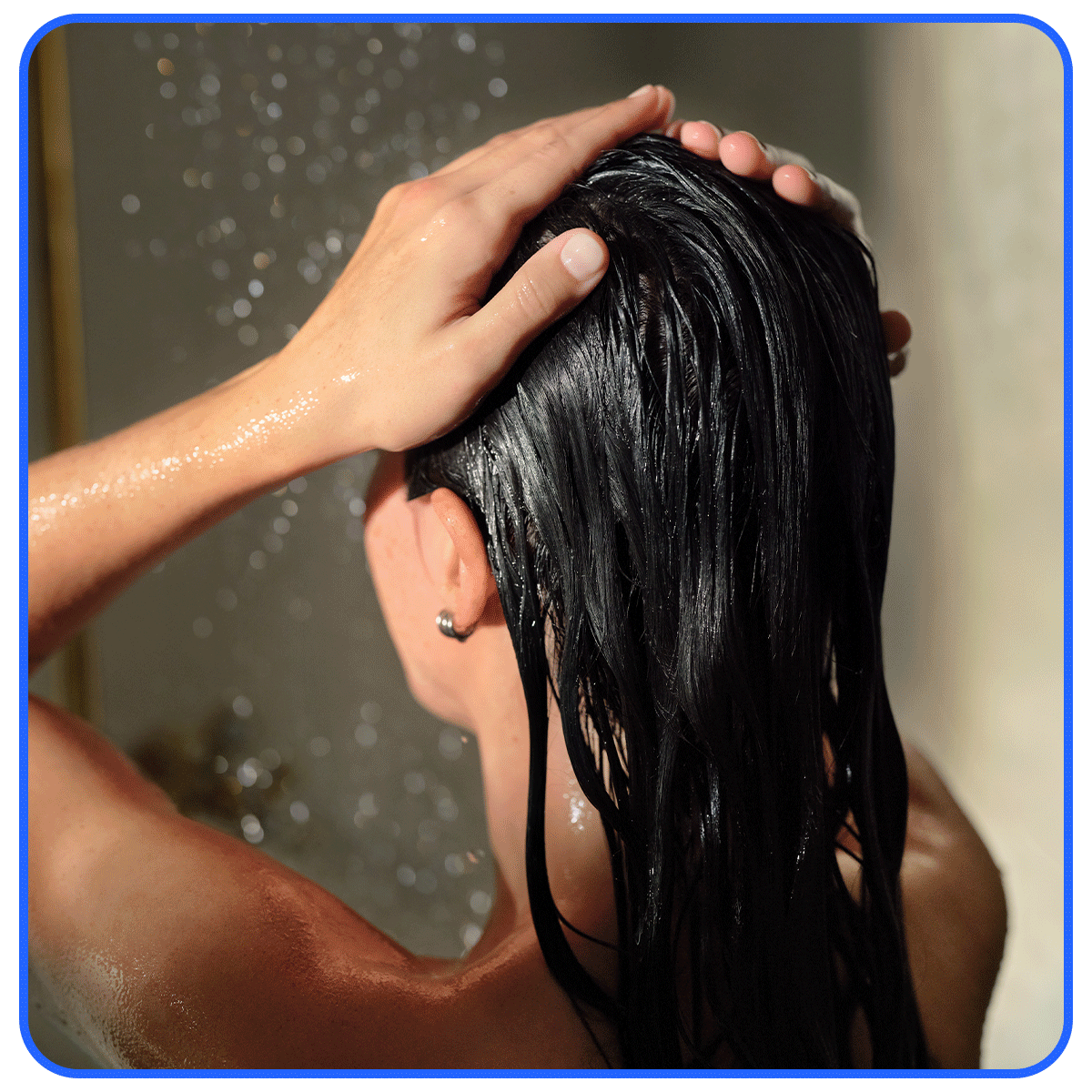 Want Healthier-Looking Hair? This Unexpected Beauty Product Might Be the Answer
Want Healthier-Looking Hair? This Unexpected Beauty Product Might Be the AnswerSkip the shampoos, glosses, and treatments.
By Marie Claire Editors
-
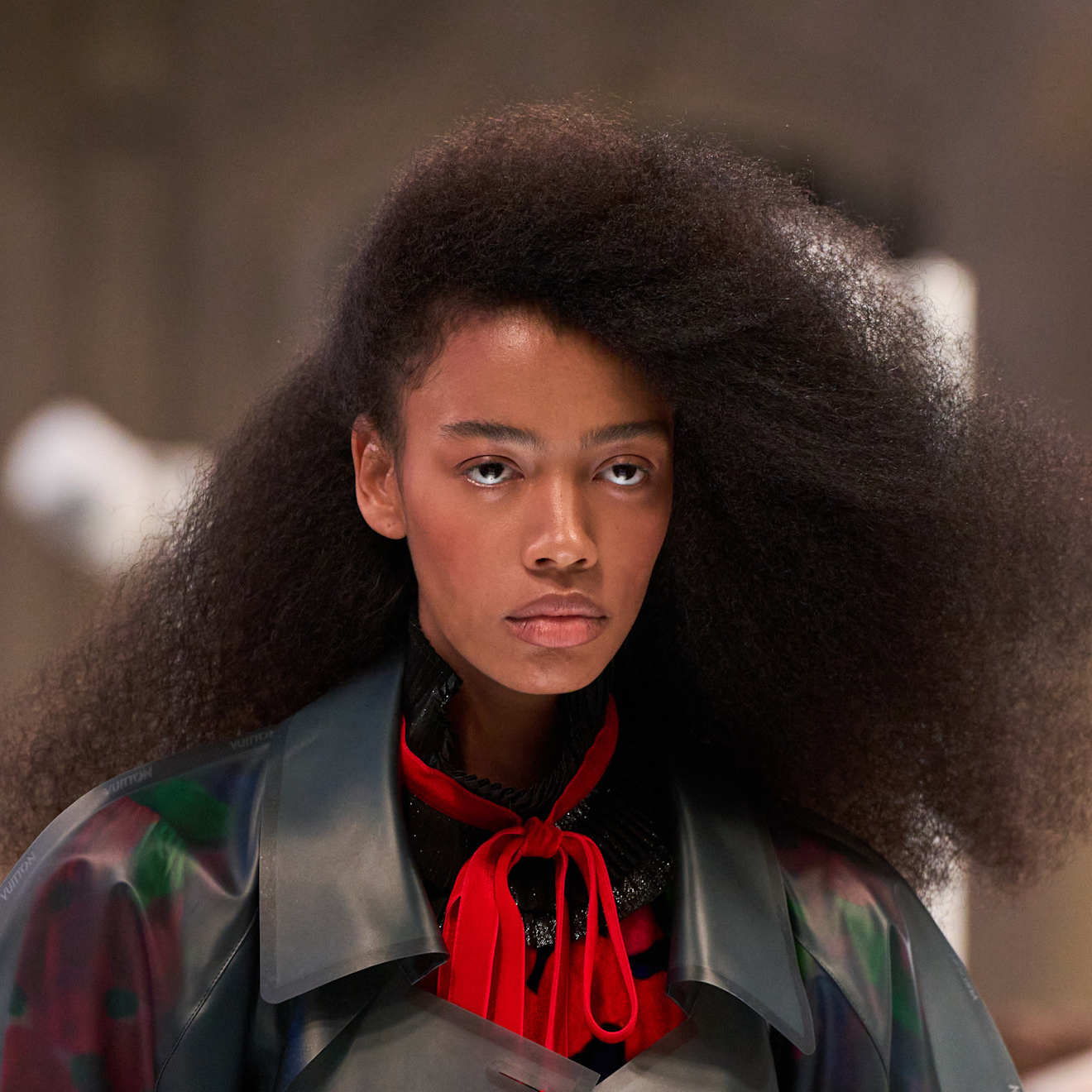 Everything You Need to Know About Marie Claire’s Skin and Hair Awards
Everything You Need to Know About Marie Claire’s Skin and Hair AwardsCould your brand survive an editor testing session?
By Ariel Baker
-
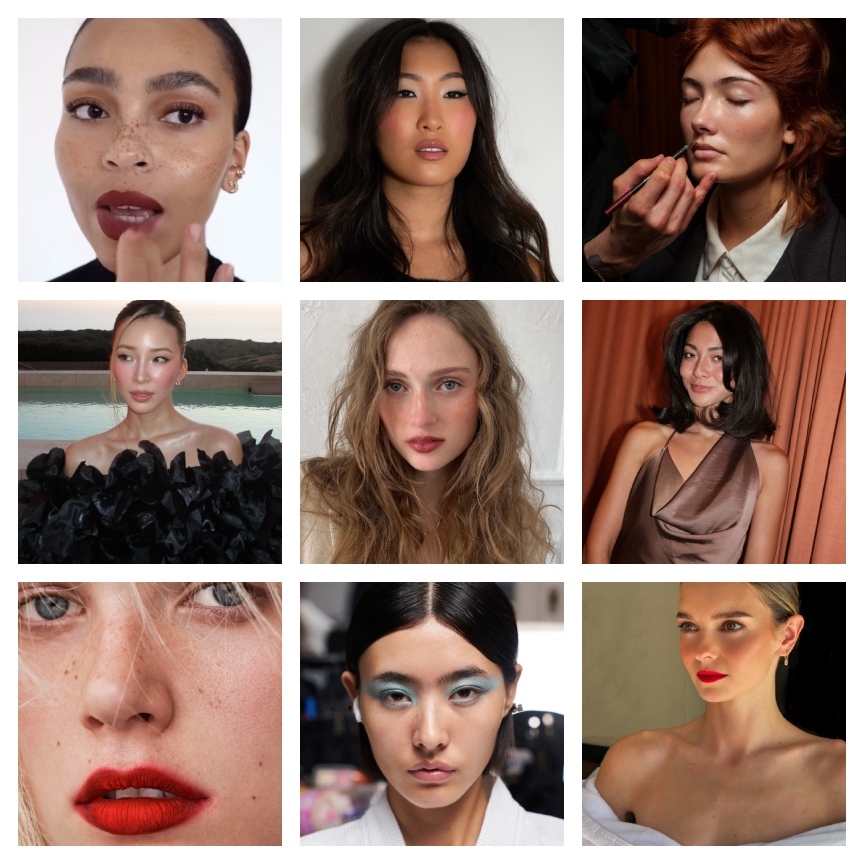 The 11 Best Spring Makeup Trends Are Sexy, Sensual, and Perfectly Luminous
The 11 Best Spring Makeup Trends Are Sexy, Sensual, and Perfectly LuminousIt's dew or die time.
By Jamie Wilson
-
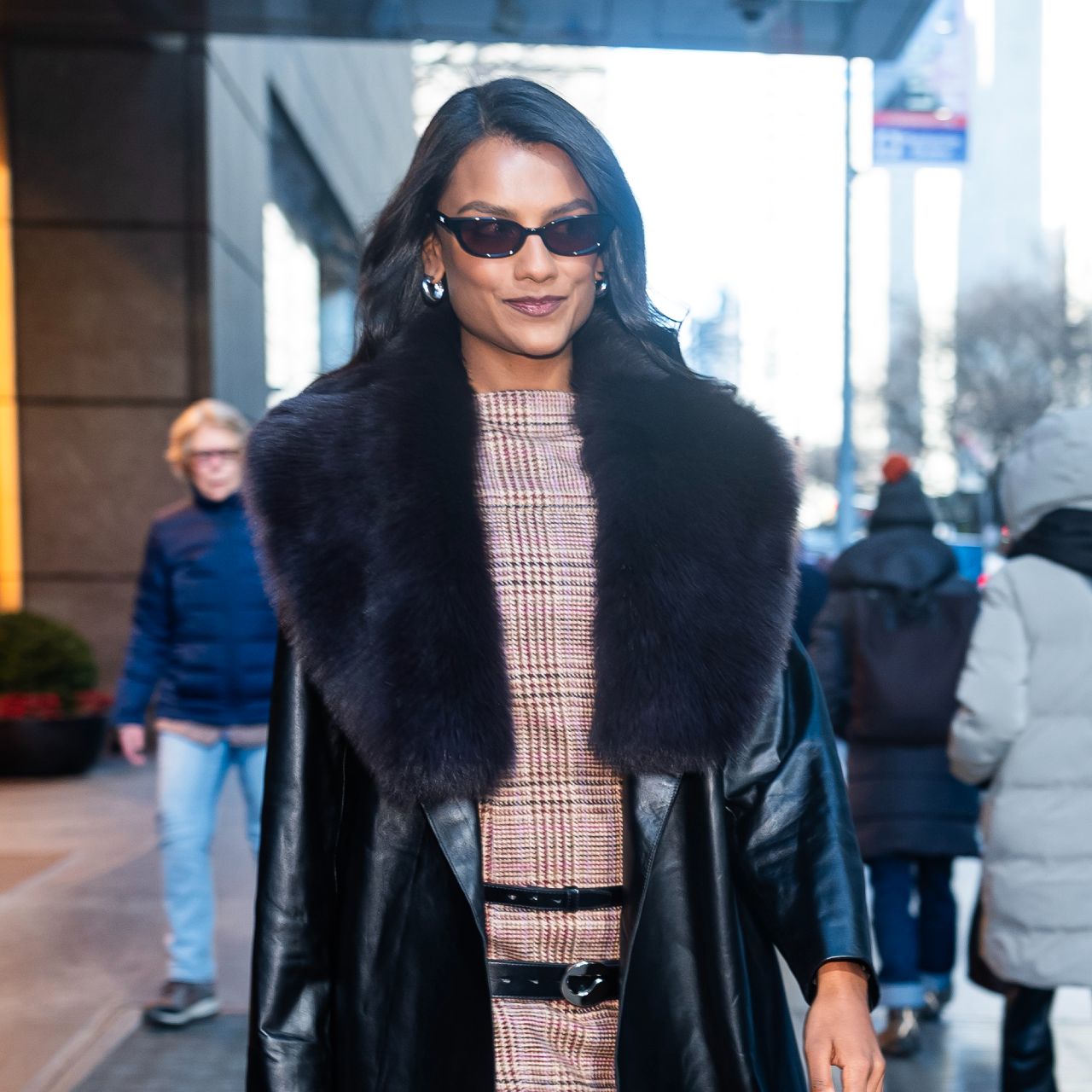 Simone Ashley’s Indie Sleaze Glam Is a Cool-Toned Dream
Simone Ashley’s Indie Sleaze Glam Is a Cool-Toned DreamThe actor was spotted in New York City looking like the epitome of cool-toned beauty.
By Ariel Baker
-
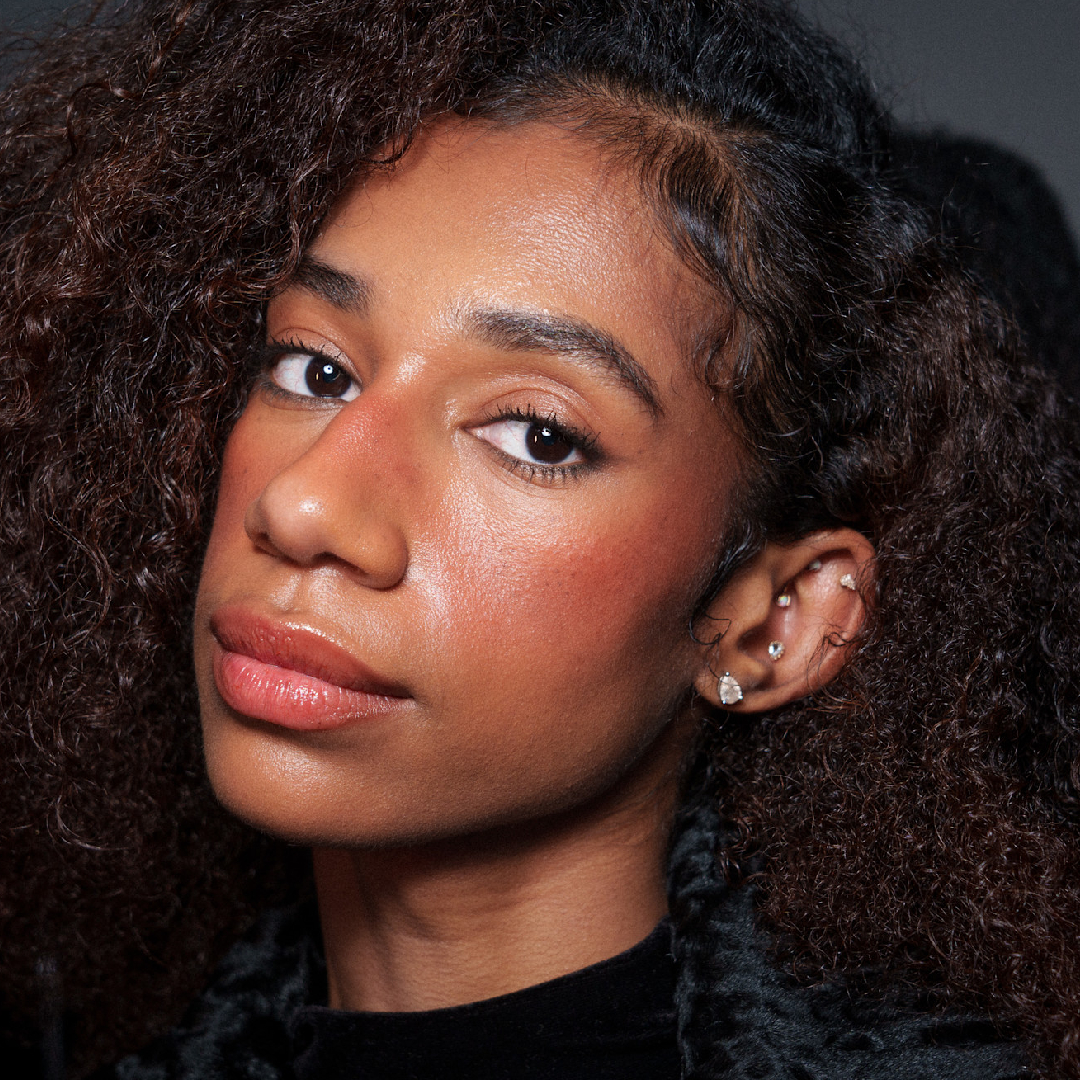 The 10 Best Hair Growth Shampoos of 2025, Tested by Editors
The 10 Best Hair Growth Shampoos of 2025, Tested by EditorsExpensive and healthy-looking hair on lock.
By Marisa Petrarca
-
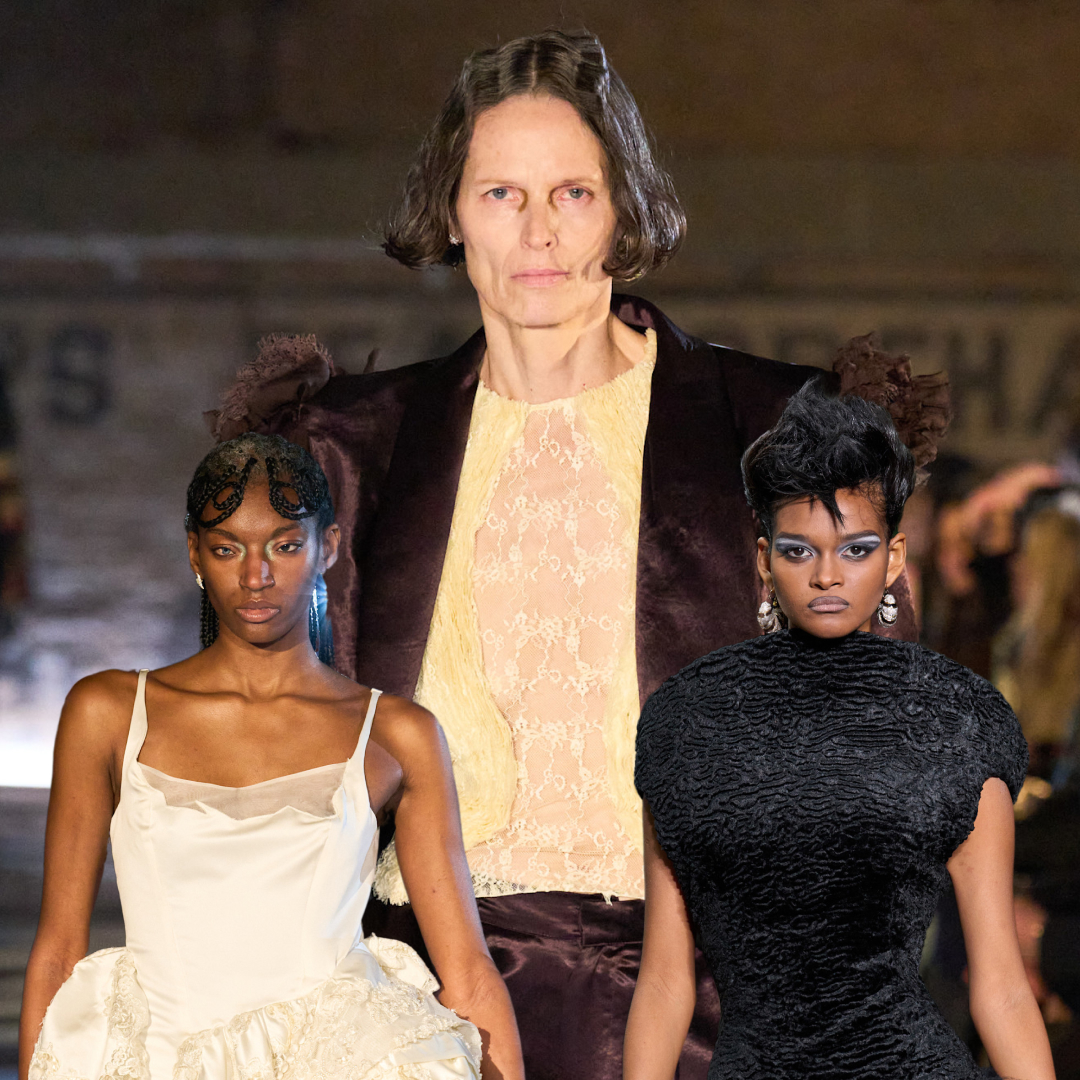 New York Fashion Week’s Fall/Winter 2025 Best Beauty Moments Are a Lesson in Juxtaposition
New York Fashion Week’s Fall/Winter 2025 Best Beauty Moments Are a Lesson in JuxtapositionThe week's best beauty looks were a maximalism master class.
By Ariel Baker
-
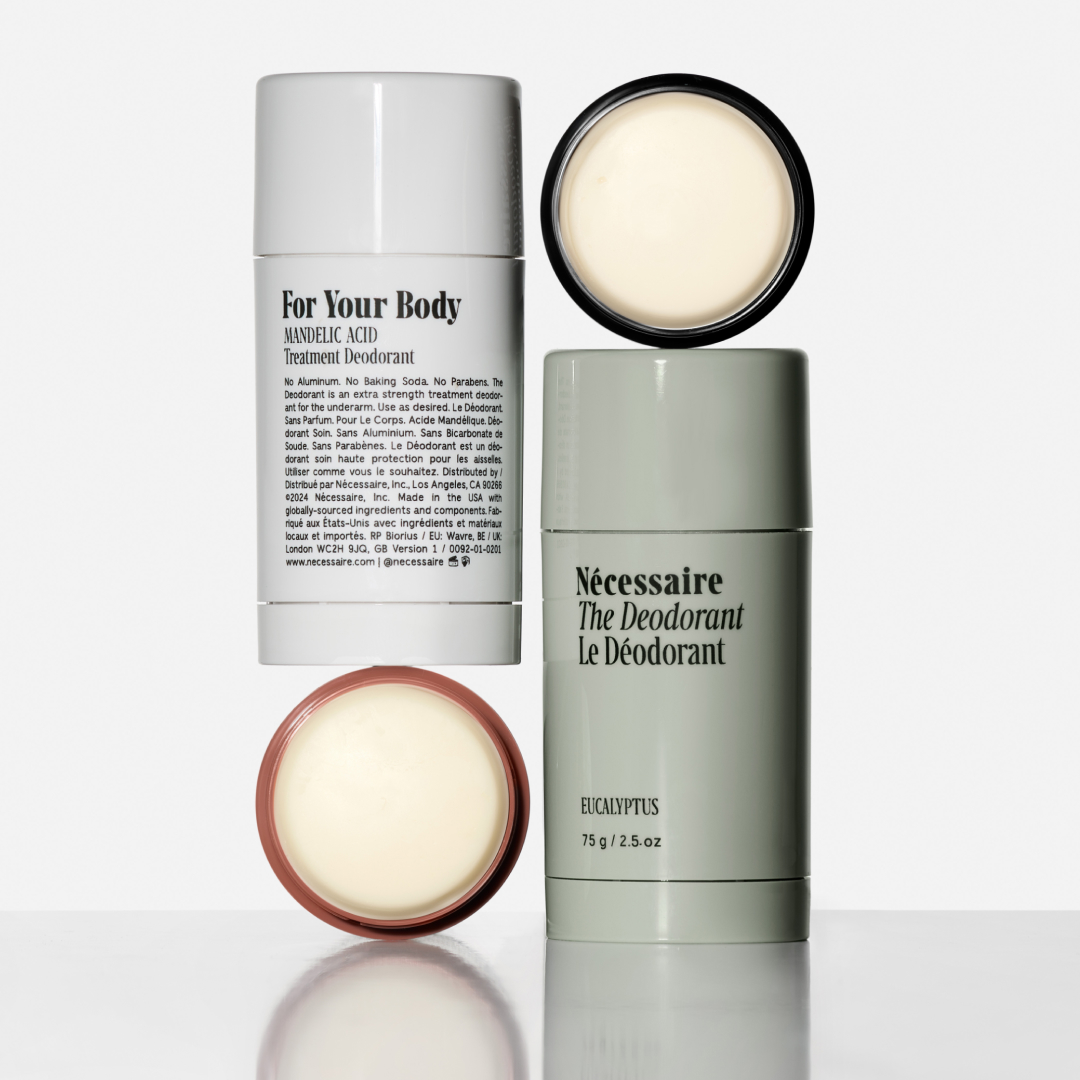 Nécessaire's Extra-Strength Deodorant Outlasts an Editor's Sweatiest Test: Fashion Week
Nécessaire's Extra-Strength Deodorant Outlasts an Editor's Sweatiest Test: Fashion WeekEven with my hectic schedule, I've never smelled better.
By Halie LeSavage
-
 Lily-Rose Depp’s Cool-Toned Makeup Is So ‘90s Coded
Lily-Rose Depp’s Cool-Toned Makeup Is So ‘90s CodedClean girl meets grunge.
By Ariel Baker
-
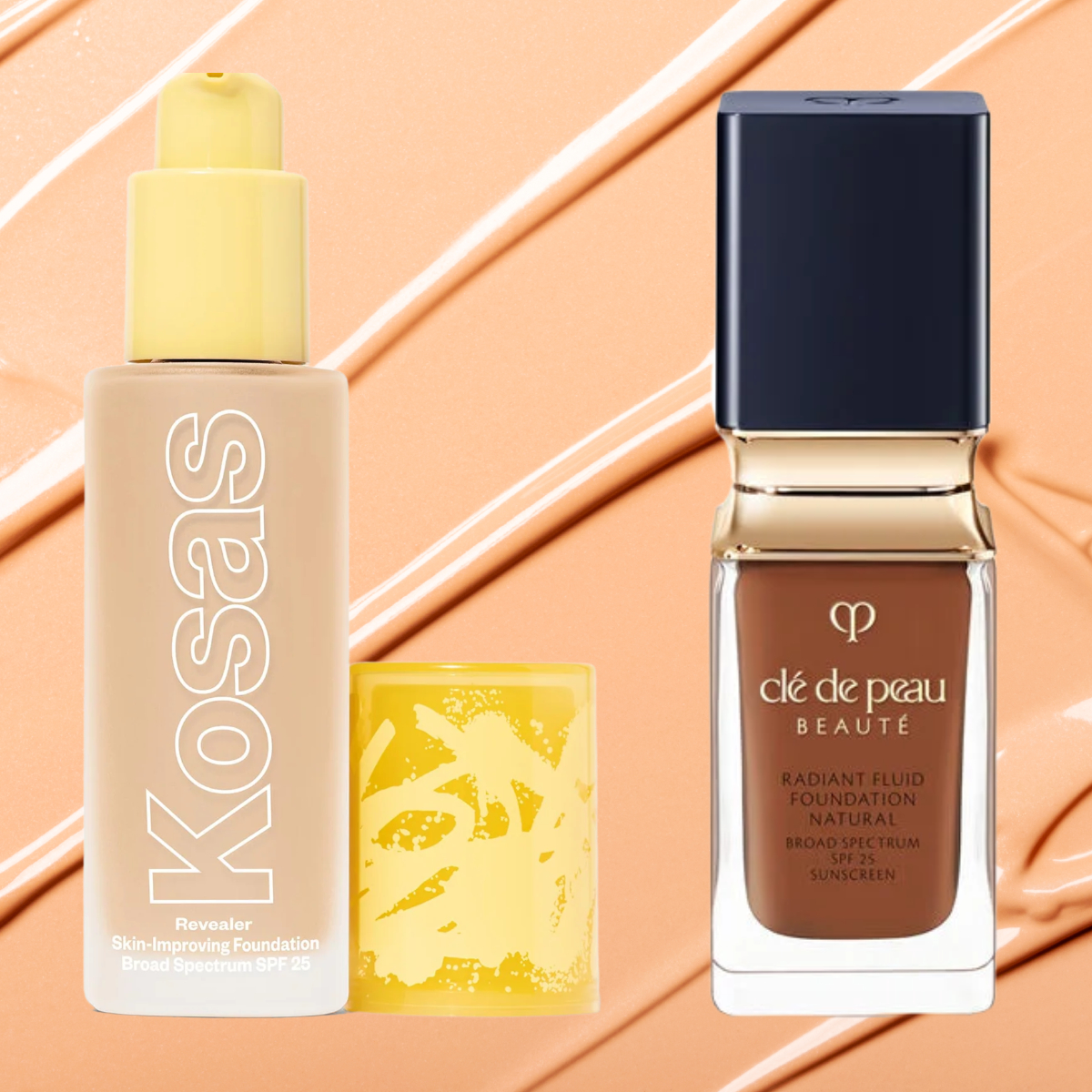 The 15 Best Foundations for Mature Skin, Tested by Women Over 50
The 15 Best Foundations for Mature Skin, Tested by Women Over 50It's perfect for mature complexions.
By Siena Gagliano